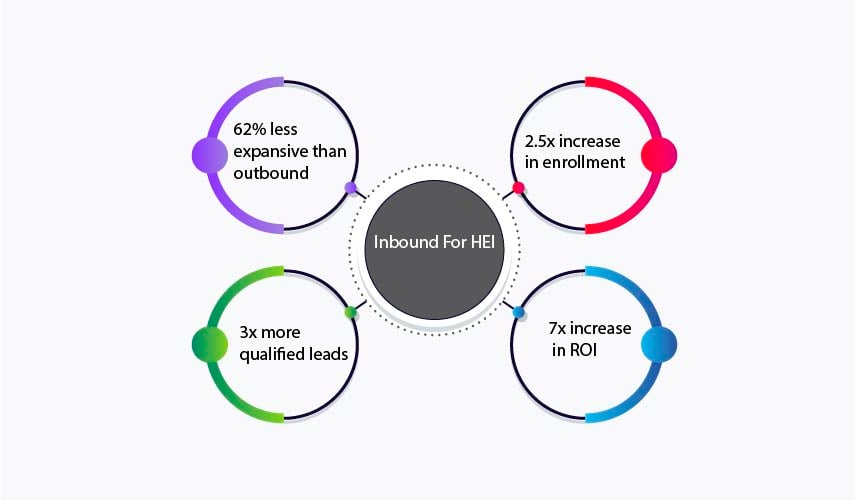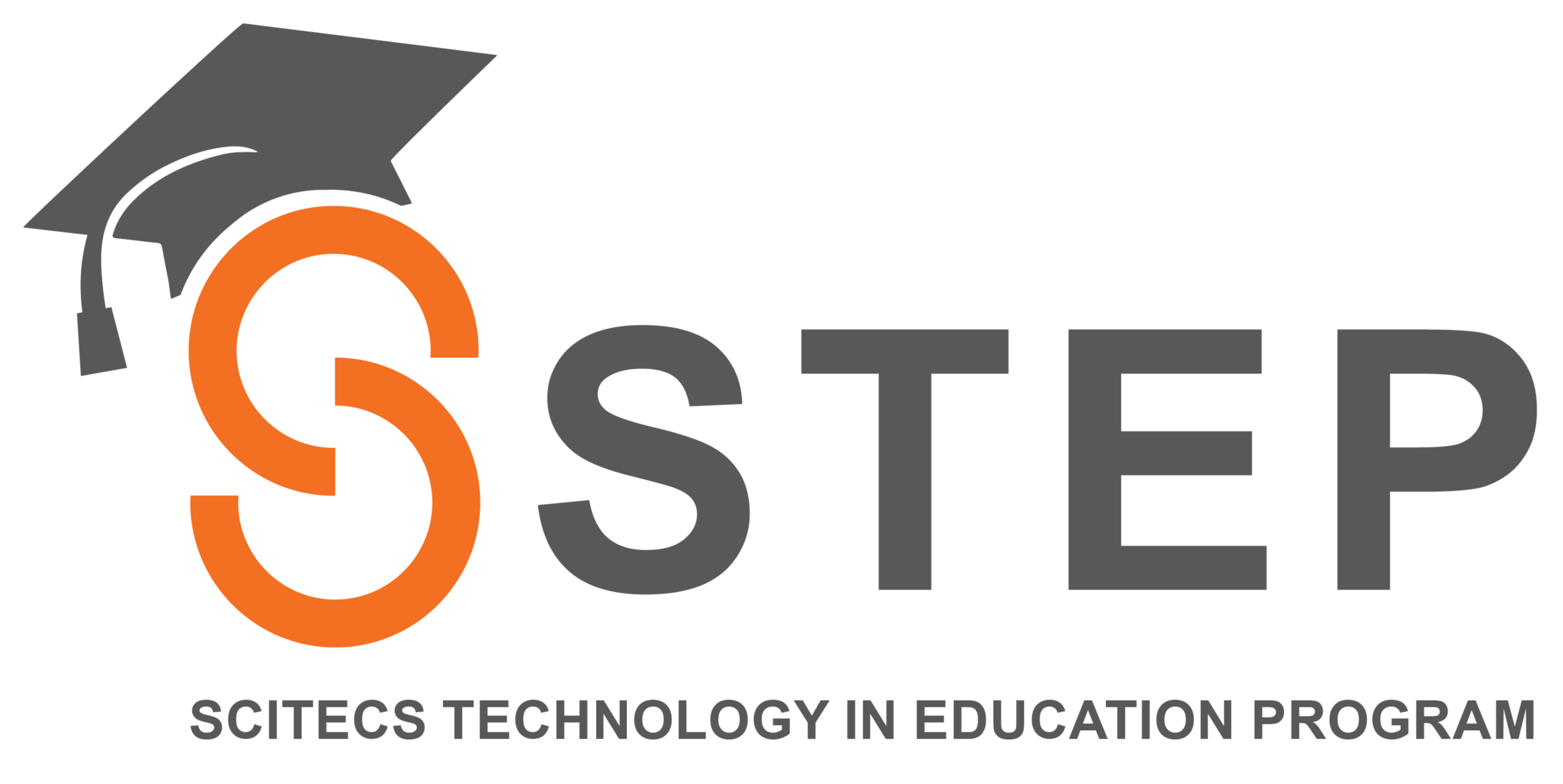Challenges
-
Increasing Competition
Higher Education Institutions’ competition is becoming fiercer than ever with more than 72 universities currently in Egypt, and 53 more institutions opening their doors by 2030.
Aligning with the Egyptian government's vision towards enhancing the education sector, high-quality universities can now be found everywhere. This made it more challenging for universities to attract the right students and stand out from the competition.
Another major issue is international universities targeting Egyptian students. Their marketing message focuses on affordability and quality which is the best duet for any prospective student. UNESCO’s data last year showed that, the number of Egyptians who study abroad has almost quadrupled over the past two decades, growing from almost 8,800 in 2000 to around 34,750 in 2017-2018 and the numbers are still increasing.

Although these numbers might worry you, we believe that there’s still room for HEIs in Egypt to grow. As there are 87,000 international students currently enrolled in Egypt’s public and private universities, almost quadrupling from 22,000 in 2014 and in total there are 3 million students enrolled in Egypt HEIs, which is 30.4% higher than the 2.3 million students, that were enrolled seven years ago.
For your institution to stand out from the competition and attract the right students; you have to implement distinctive technologies. One of the best ways HEIs around the world are currently using to increase enrollment is; inbound enrollment.
Inbound enrollment consists of methods that help personalize the marketing and admission process. It also allows you to meet your goals by building meaningful, lasting relationships online. If you’re familiar with inbound marketing, then you’re undoubtedly thinking that inbound enrollment sounds a lot like it, and for good reason: Inbound enrollment is based on the inbound marketing methodology.
- Student’s Journey has changed
The higher education sector keeps changing, from students' journey, the factors that impact their decision, and the way they conduct their research in order to reach a decision.
With the rise of digitally driven prospective students, the traditional model of building trusting relationships with future students became irrelevant. Today’s students are relying on researching your university online. Their research goes beyond finding a university that offers the degree program they want; they’re looking for a university that fulfills the college experience they imagined. With that in mind, if universities don't have a strong digital marketing strategy, they're more likely to lose students.
It's important to identify and understand your student's buyer journey in order to better engage with your students, increase enrollment, and create a positive, user-friendly online experience.
A key factor in students' decision-making is the available information about the institution. The more relevant the content provided by the university, whether on their website or social media platforms, the more likely prospective students will convert. It’s time for HEI to meet the students where they’re interacting, which means that universities need to take a different approach to recruit efforts.
To capture the interest of and engage prospective students, higher education marketers need to embrace content marketing strategies. By doing that, they'll be able to quickly grow leads, and effectively meet students where they are looking.
- Covid-19 Pandemic
The Covid-19 pandemic has caused structural shifts in the higher education sector, it caused an increase in the speed and magnitude of the industry. Although remote or online learning isn’t a new method by any means, the pandemic forced institutions to shift to it even if they were not prepared.
The biggest challenge that the whole world faced with remote learning was due to the quick shift. Egypt along with most countries were not ready with full online platforms that give students the best learning experience. That's why the shift was done just by using zoom and Microsoft teams meetings instead of physical classrooms.

As any student or graduate can tell you, earning a degree isn’t just about sitting in a classroom and obtaining information for a grade. Extracurricular activities, social clubs, and opportunities to meet people are all part of the higher education experience that prepare students for the professional life. The pandemic emphasized the need to create a full experience from a remote location.
Everyone was convinced that this dramatic change was for a short period of time, but it turned out that its effect has changed the industry forever. Successful HEIs will apply lessons learned from the past year to reposition themselves for the future. Things to consider include the role of virtual learning, reviewing curriculums with an eye toward attracting the right student at an optimized cost, and diversifying revenue streams.
Opportunities
-
Marketing trends

- Student employability
Some key activities to improve student employability are:
- International Students
- Quality of Education
Maintaining and enhancing quality of education should have the highest priority in higher education institutions. HEIs should prioritize the quality of teaching and learning because this is a great way to become recognized internationally and increase institution global ranking.
Enhancing the quality of education in HEIs can be done through;
1. Having qualified professorsIf you want your institution name to be associated with high-quality education; then one important way to do so is by hiring qualified professors and helping your existing professors in getting more trainings and courses. This will also increase your global ranking.
2. Implementing innovative teaching methodsThe new generations have a short attention span thus they need to be engaged in their lectures. You can engage students by making them do research, projects, case studies and fun activities. This will help them become active and empowered learners which will result in them being better students and later better job candidates.
3. Updating curriculumsOne of the most important factors is constantly updating curriculums so they fit all industries’ evolvement. Each industry witnesses new trends annually that becomes the norm, so students should be studying what they will actually apply in their jobs afterwards.
4. Conducting research
Research in the higher education sector is essential; in order to provide a basis for educational planning and improving quality teaching and learning. HEIs have to improve their research capacity and develop multidisciplinary researches bringing together different fields and building relationships between faculties and industries


